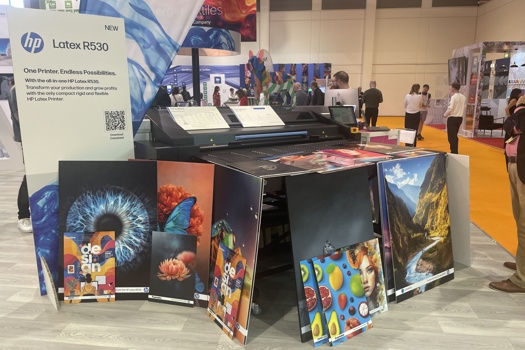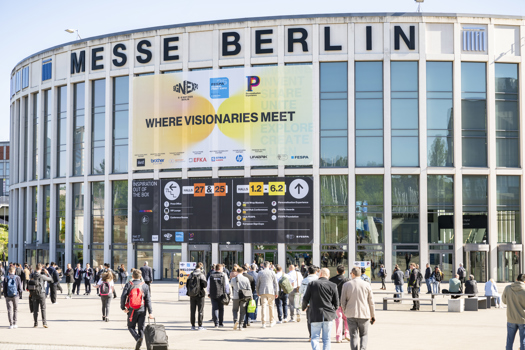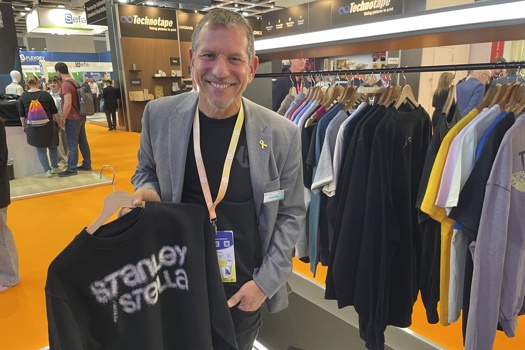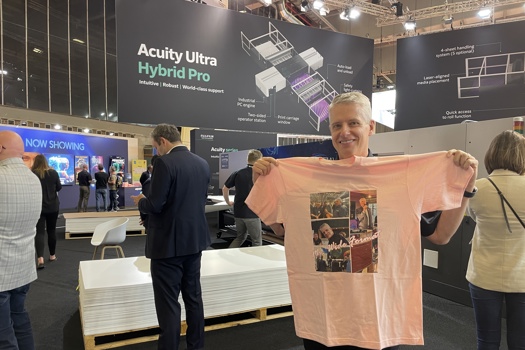Russia's graphic arts industry is experiencing significant growth in different directions. Yet despite a number of impressive installations of large offset presses, demand in the sheetfed market is not nearly satisfied, particularly in the provinces. Meanwhile, demand for packaging and labels is rapidly growing and though a period of focus on flexographic technology from 2000-2002 has elapsed, demand for these machines remains stable. Digital printing, which up until a few years ago was still perceived as exotic for the Russian market, is also growing rapidly year by year.
The question is, what is the cause of such exponential growth of digital technologies in our country? Initially, demand for digital was not driven by customers realising the advantages of the technology, but by printers that had bought equipment as part of a drive to become the leaders in a new field. Such an approach to buying new technology is a characteristic of Russia, and not only in digital printing. It is well known that the average age of the bulk of modern print houses is five to eight years. These started to appear during the post-Soviet period and installed the most up-to-date machines to satisfy their market leading ambitions.
Most digital printers that bought kit to keep with the "digital fashion" faced one problem: they did not understand the advantages of the technology and so were unable to explain to clients the benefits of paying more per page. Until recently one of the main applications of digital machines was the printing of business cards. The director of one Moscow-based digital printer told me that it took several years before its customers realised the advantages of personalisation and even longer those of print-on-demand.
Today the majority of digital printing equipment in Russia is supplied by Xerox and HP Indigo. The competition between the two companies is so strong that the machine's owners have been divided into two camps, each supporting their favourite brand. Their choice is often determined by the specialisation of the printer. Indigo owners tend to be active in the market of commercial printing and packaging, and those who print financial accounts and documents prefer Xerox.
While Russian printers may not be considered properly equipped, it's worth noting that in the country's Central Region there have been more than five installations of Xerox iGen3s alone, the most recent of which was installed in the Moscow printing house Maximus just last week. So while we may not have been the first to jump on to the digital bandwagon, we are catching up, and doing so fast.
Anna Zelya
Editor-in-chief
PrintWeek Russia
Letter from Russia
The rise of digital







